If you wake up with itchy, red bites on your body, there's a good chance that you have bed bugs. These pesky insects love to hide in mattresses and feed on human blood at night. But how can you be sure it's bed bugs and not just a rash or mosquito bites? Here are some tips to help you identify bed bugs on a mattress. First and foremost, look for signs of bed bugs on your mattress. These include small dark spots (fecal matter), shed skins, and even the bugs themselves. They are about the size of an apple seed and are reddish-brown in color. You may also notice a musty odor coming from your mattress. If you suspect bed bugs, strip your bed and thoroughly inspect your mattress. Look in the seams, crevices, and any tufts or folds. Pay special attention to the corners and edges, as these are prime hiding spots for bed bugs. To be sure, you can also use a flashlight to check for bed bugs. They are nocturnal creatures, so they may be easier to spot at night with a flashlight. Look for them in the same areas you checked for signs of bed bugs. If you find evidence of bed bugs, it's important to take immediate action to get rid of them.How to Identify Bed Bugs on a Mattress
If you're traveling or staying in a hotel, it's always a good idea to check for bed bugs on the mattress before settling in. Here's how to do it: First, pull back the sheets and inspect the mattress seams, crevices, and tufts for any signs of bed bugs. You can also use a flashlight to help you see more clearly. If you don't see anything, move on to the bed frame, headboard, and any nearby furniture. Bed bugs can hide in these areas as well. If you find any signs of bed bugs, alert the hotel staff and ask for a new room. It's important to avoid bringing bed bugs back to your home. If you're checking your own mattress at home, follow the same steps. It's also a good idea to regularly inspect your mattress for signs of bed bugs, especially if you've recently traveled or had guests stay over.How to Check for Bed Bugs on a Mattress
As mentioned earlier, the most common signs of bed bugs on a mattress include: - Small dark spots (fecal matter)
- Shed skins
- Bed bugs themselves
- Musty odor If you notice any of these signs, it's important to take action immediately to prevent the infestation from spreading. Other signs of bed bugs may include blood stains on your sheets or clothing, or even a rash on your body. Keep in mind that not everyone reacts to bed bug bites, so you may not experience any visible signs.Signs of Bed Bugs on a Mattress
Dealing with a bed bug infestation on your mattress can be a daunting task, but it's not impossible. Here are some steps you can take to get rid of bed bugs on a mattress: - Thoroughly vacuum your mattress, paying special attention to seams, crevices, and tufts. Dispose of the vacuum bag immediately after use.
- Use a steamer to steam clean your mattress. The high temperatures will kill any bed bugs and their eggs.
- Wash all bedding, linens, and clothing in hot water and dry on high heat.
- Use a bed bug spray or powder specifically designed for mattresses and follow the instructions carefully.
- Consider using a mattress encasement to prevent bed bugs from getting in or out of your mattress. If the infestation is severe, it may be best to call a professional pest control company to help eliminate the bed bugs on your mattress.How to Get Rid of Bed Bugs on a Mattress
If you've been bitten by bed bugs on your mattress, there are a few things you can do to alleviate the itching and discomfort: - Wash the affected area with soap and water.
- Apply an anti-itch cream or calamine lotion.
- Take an antihistamine to help with the itching.
- Avoid scratching, as this can lead to infection. In most cases, bed bug bites will heal on their own within a week or two. If you experience a severe reaction, or if the bites become infected, seek medical attention.How to Treat Bed Bug Bites on a Mattress
The best way to deal with bed bugs on a mattress is to prevent them from infesting your home in the first place. Here are some tips to help you prevent bed bugs from getting on your mattress: - Inspect any used or secondhand furniture before bringing it into your home.
- When traveling, keep your luggage off the floor and inspect the hotel room for bed bugs.
- Regularly inspect your mattress and bedding for signs of bed bugs.
- Use a bed bug spray or powder as a preventative measure. By taking these precautions, you can greatly reduce your chances of a bed bug infestation on your mattress.How to Prevent Bed Bugs on a Mattress
If you want to add an extra layer of protection to your mattress, consider using a bed bug mattress cover. These covers are specially designed to prevent bed bugs from getting in or out of your mattress. Look for covers that are labeled "bed bug-proof" or "bed bug-certified." When choosing a mattress cover, make sure it is made of a durable, tear-resistant material and has a secure zipper closure. It should also be breathable to prevent moisture buildup and allow for a comfortable sleep.Best Mattress Covers for Bed Bug Protection
If you have a severe bed bug infestation on your mattress, it may be necessary to clean it thoroughly. Here's how: - Vacuum the mattress thoroughly, paying special attention to seams, crevices, and tufts.
- Use a stiff brush to scrub the mattress to dislodge any bed bugs and their eggs.
- Steam clean the mattress using a high-temperature steamer.
- Let the mattress dry completely before using it again. It's important to note that cleaning a mattress infested with bed bugs may not completely eliminate the problem. It's best to also use other methods, such as sprays and encasements, to ensure all bed bugs are eliminated.How to Clean a Mattress Infested with Bed Bugs
If you want to eliminate bed bugs on a mattress without using chemicals, there are a few natural methods you can try: - Sprinkle diatomaceous earth on your mattress and let it sit for a few hours before vacuuming it up.
- Use a high-temperature steam cleaner to kill bed bugs and their eggs.
- Place the mattress in a hot car or direct sunlight for several hours (make sure to monitor the temperature to avoid damaging the mattress). If you prefer to use chemicals, make sure to choose a product specifically designed for bed bugs and follow the instructions carefully. It's also a good idea to wear protective gear and ventilate the room while using the product.How to Kill Bed Bugs on a Mattress
If you're considering buying a used mattress, it's important to thoroughly inspect it for bed bugs before bringing it into your home. Here's what you can do: - Inspect the mattress for signs of bed bugs, including small dark spots, shed skins, or actual bugs.
- Use a flashlight to inspect the seams, crevices, and tufts.
- If possible, ask the seller if the mattress has ever had any bed bug infestations. If you're not confident in your ability to inspect a used mattress, it may be best to avoid purchasing it altogether. It's better to be safe than sorry when it comes to bed bugs.How to Inspect a Used Mattress for Bed Bugs
How to Protect Your Mattress from Bed Bugs

Understanding the Threat of Bed Bugs
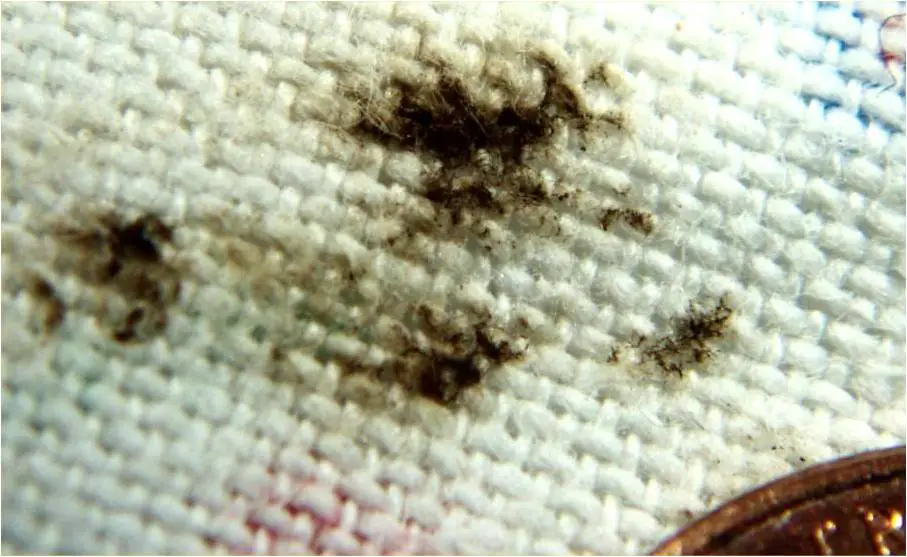 One of the biggest nightmares for any homeowner is discovering a bed bug infestation. These tiny, reddish-brown insects are known for their ability to hide in the smallest crevices and multiply rapidly, making them extremely difficult to eradicate. Not only do they feed on human blood, leaving itchy bites and potential health risks, but they can also cause serious damage to your mattress. This is why it's important to take preventive measures to protect your mattress from bed bugs.
One of the biggest nightmares for any homeowner is discovering a bed bug infestation. These tiny, reddish-brown insects are known for their ability to hide in the smallest crevices and multiply rapidly, making them extremely difficult to eradicate. Not only do they feed on human blood, leaving itchy bites and potential health risks, but they can also cause serious damage to your mattress. This is why it's important to take preventive measures to protect your mattress from bed bugs.
Why Mattresses are the Perfect Hiding Spot
 Bed bugs are particularly attracted to mattresses because they provide a warm, dark, and cozy environment for them to thrive in. The seams, crevices, and folds of a mattress are the perfect hiding spots for these pests, making it difficult to spot them with the naked eye. Moreover, as humans spend a third of their lives sleeping, mattresses offer an abundant supply of food for these bloodsuckers.
Bed bugs are particularly attracted to mattresses because they provide a warm, dark, and cozy environment for them to thrive in. The seams, crevices, and folds of a mattress are the perfect hiding spots for these pests, making it difficult to spot them with the naked eye. Moreover, as humans spend a third of their lives sleeping, mattresses offer an abundant supply of food for these bloodsuckers.
The Signs of a Bed Bug Infestation
 If you suspect that your mattress may have bed bugs, it's important to look out for the following signs:
If you suspect that your mattress may have bed bugs, it's important to look out for the following signs:
- Small, reddish-brown spots on your mattress, sheets, or clothing
- Dark spots or stains on your mattress, which are bed bug droppings
- A musty odor coming from your mattress
- Red, itchy bites on your body, especially in a linear pattern
Preventing Bed Bugs on Your Mattress
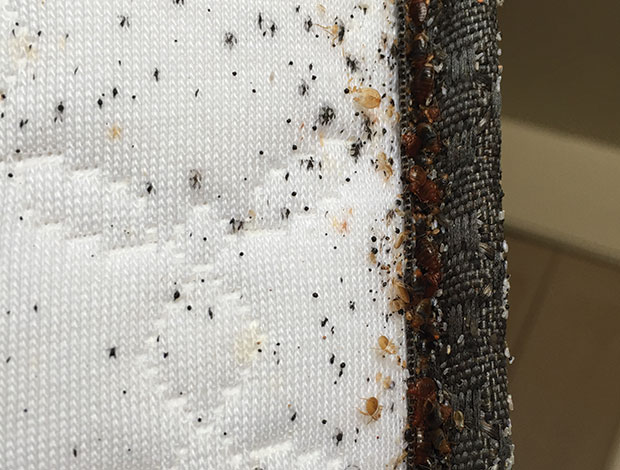 The best way to protect your mattress from bed bugs is to prevent them from infesting it in the first place. Here are some tips to keep your mattress bed bug-free:
The best way to protect your mattress from bed bugs is to prevent them from infesting it in the first place. Here are some tips to keep your mattress bed bug-free:
- Inspect Second-Hand Mattresses: If you're considering buying a second-hand mattress, make sure to thoroughly inspect it for any signs of bed bugs before bringing it into your home.
- Use Protective Covers: Invest in high-quality, bed bug-proof mattress covers to seal your mattress and prevent any bugs from getting in or out.
- Vacuum Regularly: Vacuuming your mattress and bed frame regularly can help remove any bed bugs or eggs that may have been brought in from outside.
- Be Cautious When Travelling: Bed bugs are notorious for hitchhiking on luggage and clothing, so be sure to inspect your hotel room for any signs of infestation before unpacking.
Dealing with a Bed Bug Infestation
 If you do find yourself with a bed bug infestation on your mattress, it's important to take immediate action to get rid of them. This may involve using insecticides, steam cleaning, or hiring a professional pest control service. It's also important to wash all bedding and clothing in hot water and dry them on high heat to kill any remaining bed bugs.
If you do find yourself with a bed bug infestation on your mattress, it's important to take immediate action to get rid of them. This may involve using insecticides, steam cleaning, or hiring a professional pest control service. It's also important to wash all bedding and clothing in hot water and dry them on high heat to kill any remaining bed bugs.
Final Thoughts
 In conclusion, bed bugs are a common household pest, and mattresses provide the perfect hiding spot for them to thrive. By taking preventive measures and being cautious, you can protect your mattress from these pesky insects and ensure a good night's sleep without any unwanted bites. Remember to regularly inspect your mattress and take immediate action if you notice any signs of a bed bug infestation. Your mattress – and your health – will thank you for it.
In conclusion, bed bugs are a common household pest, and mattresses provide the perfect hiding spot for them to thrive. By taking preventive measures and being cautious, you can protect your mattress from these pesky insects and ensure a good night's sleep without any unwanted bites. Remember to regularly inspect your mattress and take immediate action if you notice any signs of a bed bug infestation. Your mattress – and your health – will thank you for it.












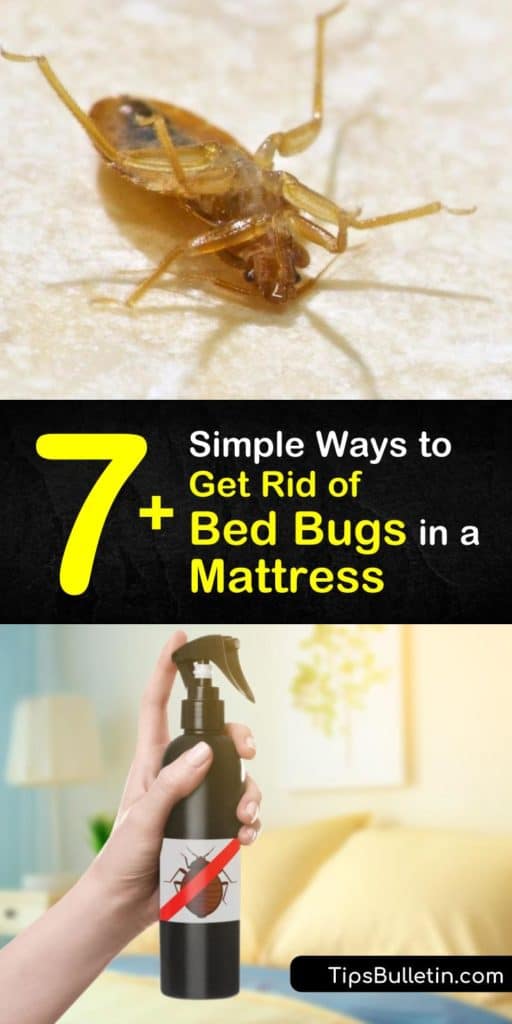






























:max_bytes(150000):strip_icc()/bed-bug-bites-overview-2633482_v2-f8bfc57491af4e7a93307ec27a0d9652.png)
















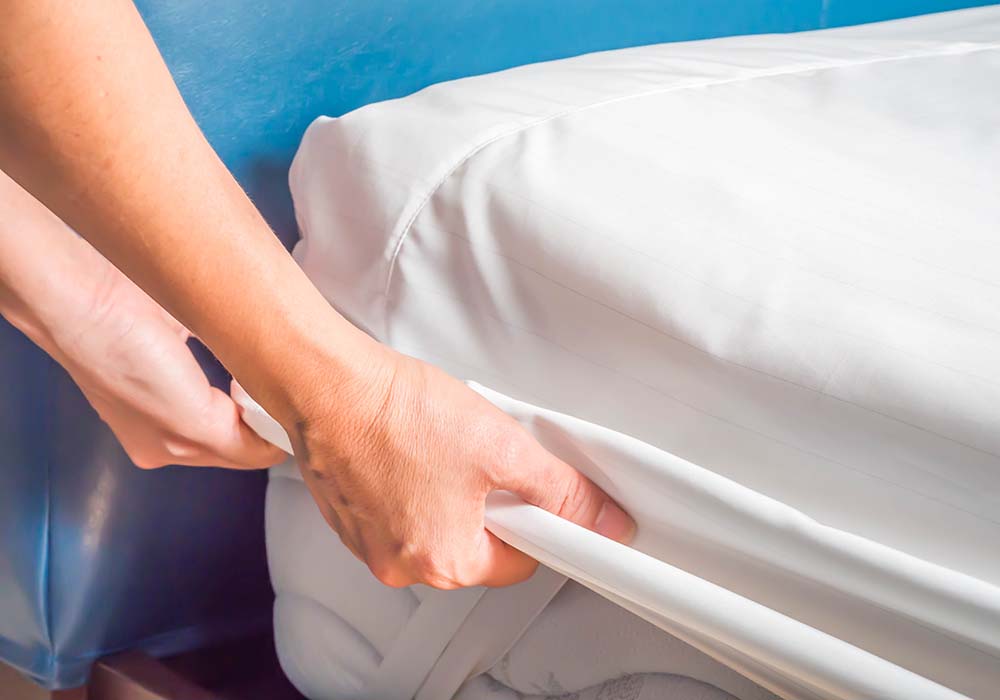






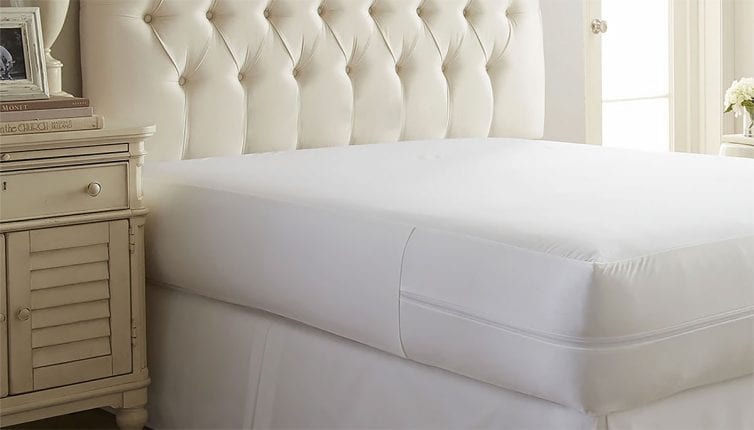





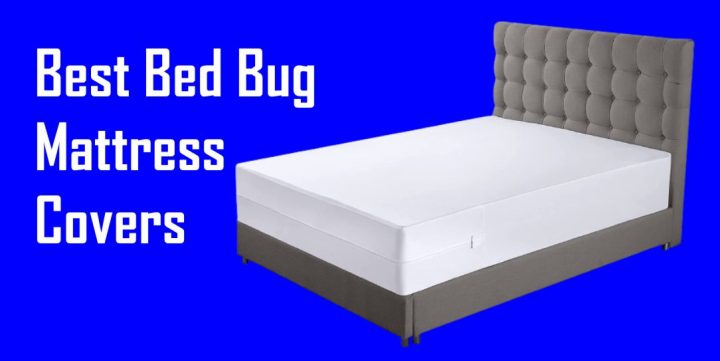











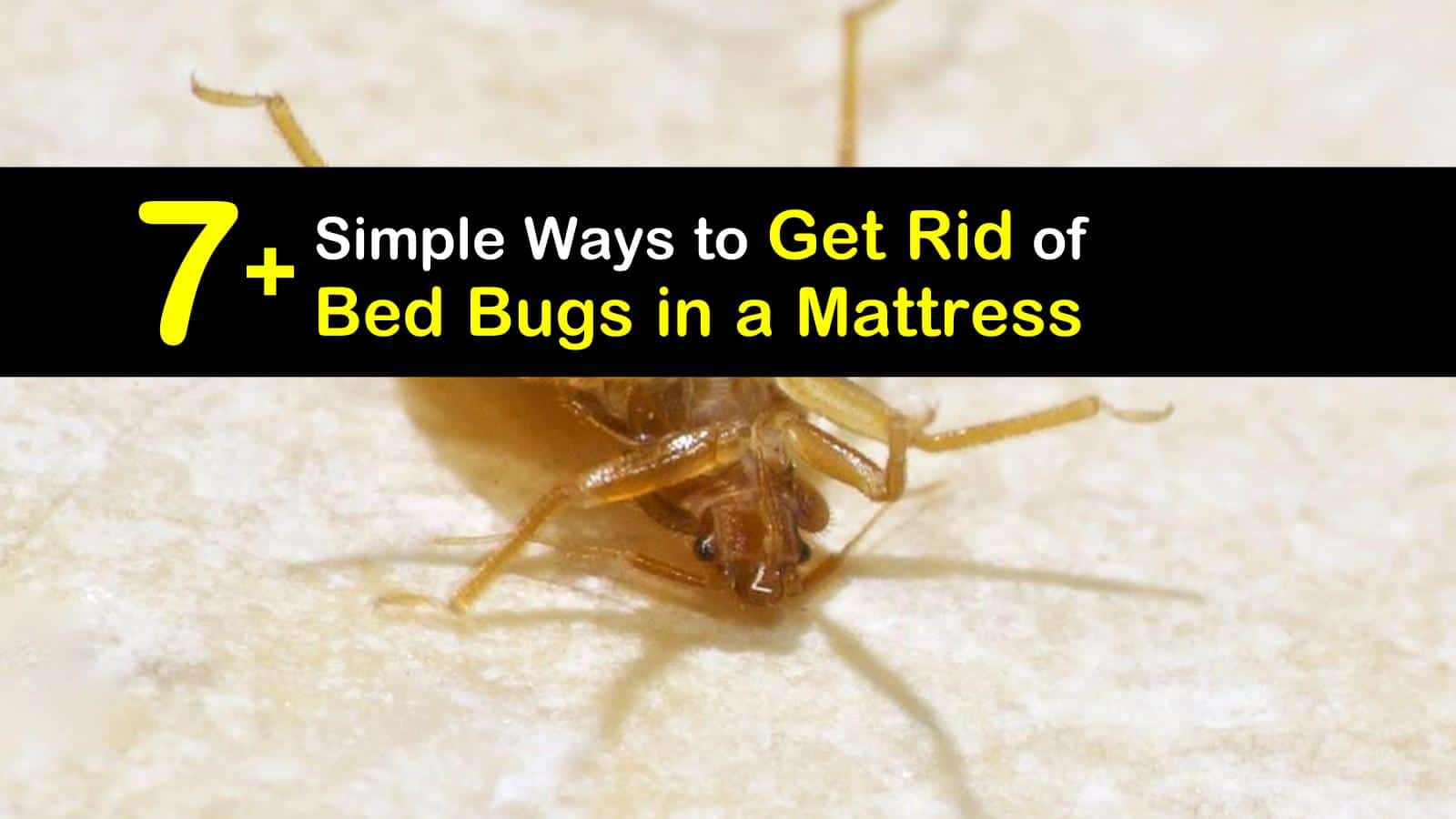












/dining-room-lighting-4157465-hero-28e9226fa7fb4f7e9f86a062ff22111c.jpg)



